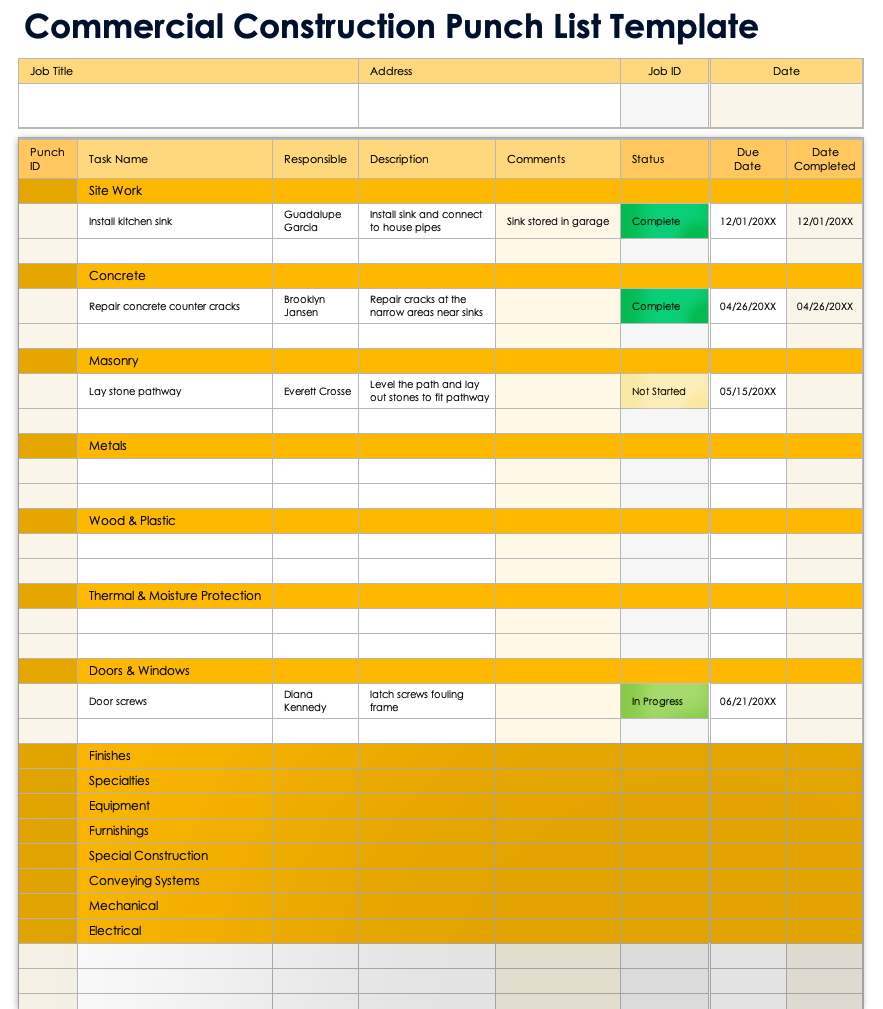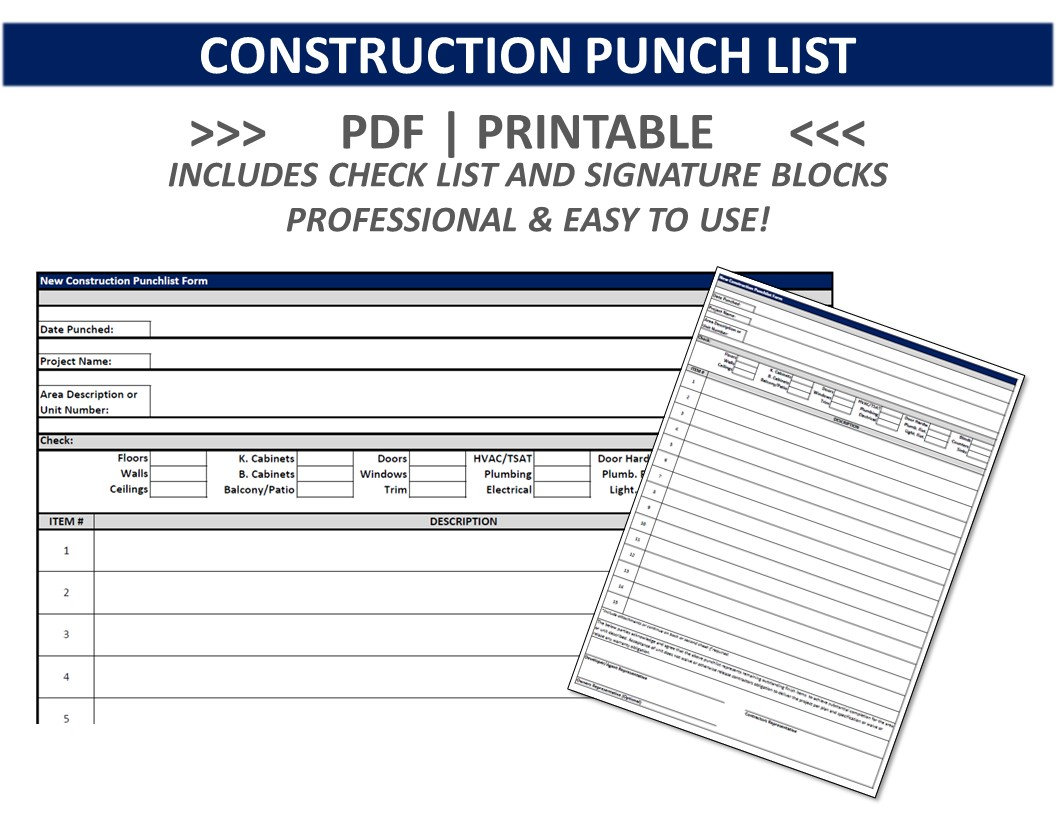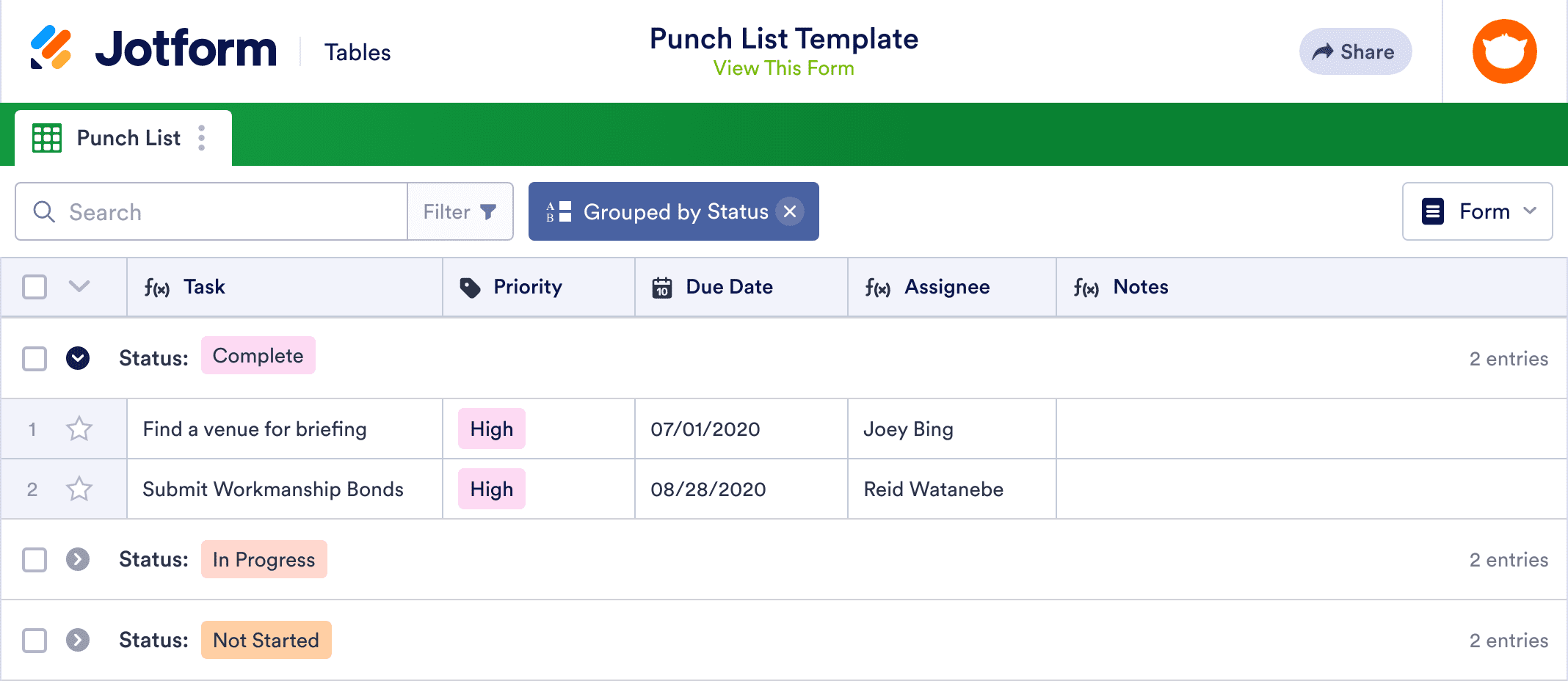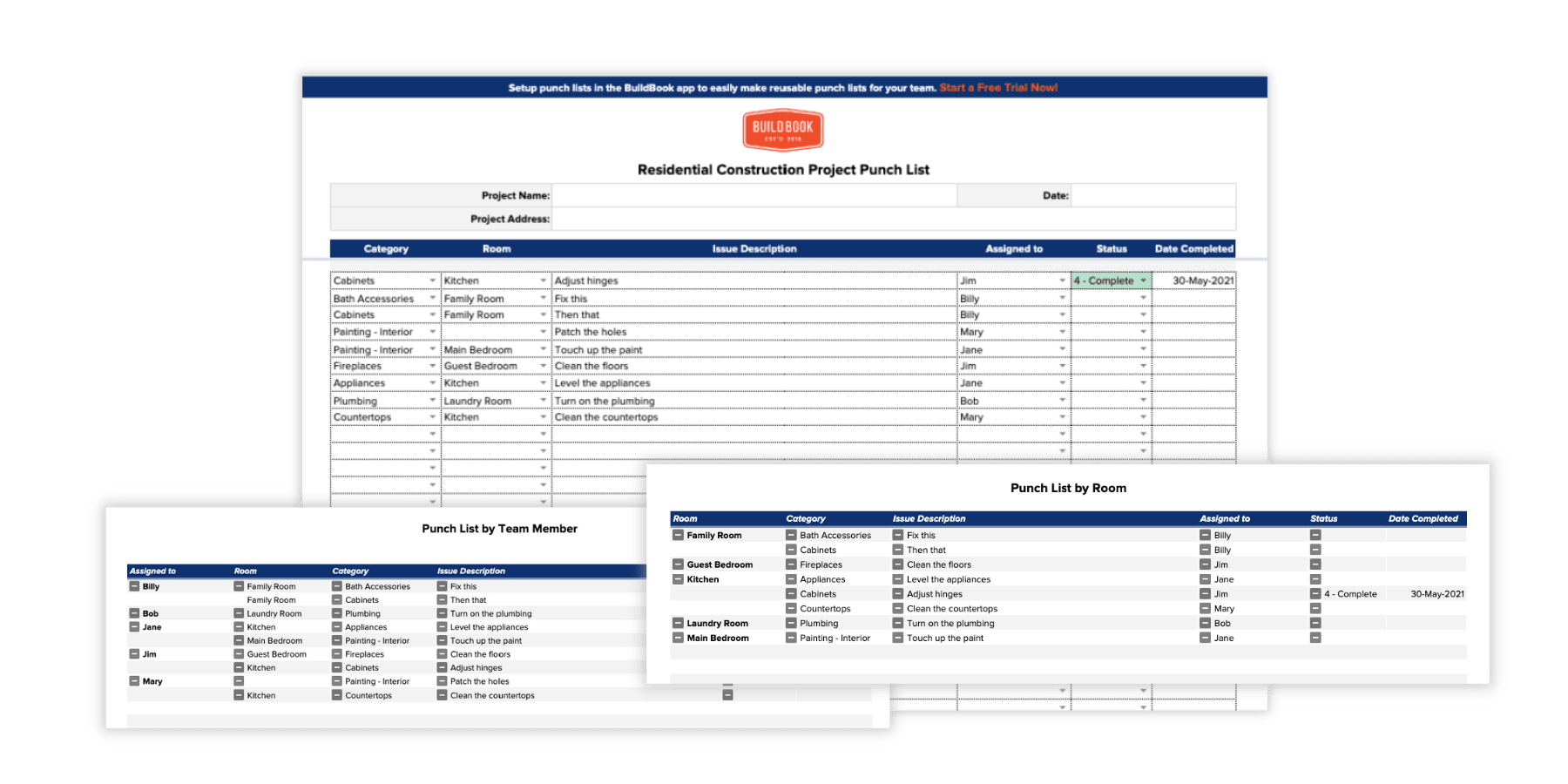
When it comes to managing construction projects, one of the most important tools in a project manager’s arsenal is the punch list template. This document serves as a checklist of all the remaining tasks that need to be completed before the project can be considered finished.
In this guide, we will explore everything you need to know about punch list templates, including what they are, why they are important, how to create one, and tips for successful implementation.
What is a Punch List Template?
A punch list template is a document that outlines all the outstanding tasks that need to be completed before a construction project can be considered complete. These tasks typically include minor repairs, finishing touches, and any other loose ends that need to be tied up.
The punch list template serves as a roadmap for both the project manager and the construction team, ensuring that nothing falls through the cracks and the project is completed to the highest standards.
Why Punch List Templates are Important
Punch list templates are an essential tool for ensuring that a construction project is completed on time and to the satisfaction of all stakeholders. By creating a detailed list of all remaining tasks, project managers can easily track progress, assign responsibilities, and communicate expectations to the construction team. This helps to avoid delays, reduce errors, and ensure that the final product meets all quality standards.
How to Create a Punch List Template
Creating a punch list template is a straightforward process that involves the following steps:
- Identify Outstanding Tasks: Take a thorough walkthrough of the project site to identify all remaining tasks that need to be completed.
- Categorize Tasks: Organize the tasks into categories such as electrical, plumbing, finishing, etc., to make it easier to track progress.
- Assign Responsibilities: Assign responsibilities for each task to specific team members or contractors.
- Set Deadlines: Establish deadlines for completing each task to ensure timely completion of the punch list.
- Regular Updates: Regularly update the punch list template to reflect progress and any new tasks that arise.
Examples of Punch List Templates
There are various formats and styles of punch list templates available, depending on the needs of the project and the preferences of the project manager. Some common examples include: 







Tips for Successful Punch List Management
To ensure the successful implementation of a punch list template, consider the following tips:
- Be Specific: Clearly define each task on the punch list to avoid confusion and ensure accuracy.
- Communicate Effectively: Keep all stakeholders informed of progress, changes, and expectations throughout the project.
- Prioritize Tasks: Identify critical tasks that must be completed before others to avoid delays.
- Regularly Review: Schedule regular meetings to review the punch list and address any issues or concerns.
- Celebrate Success: Acknowledge and celebrate milestones as tasks are completed to keep morale high and motivation strong.
Punch List Template – Download